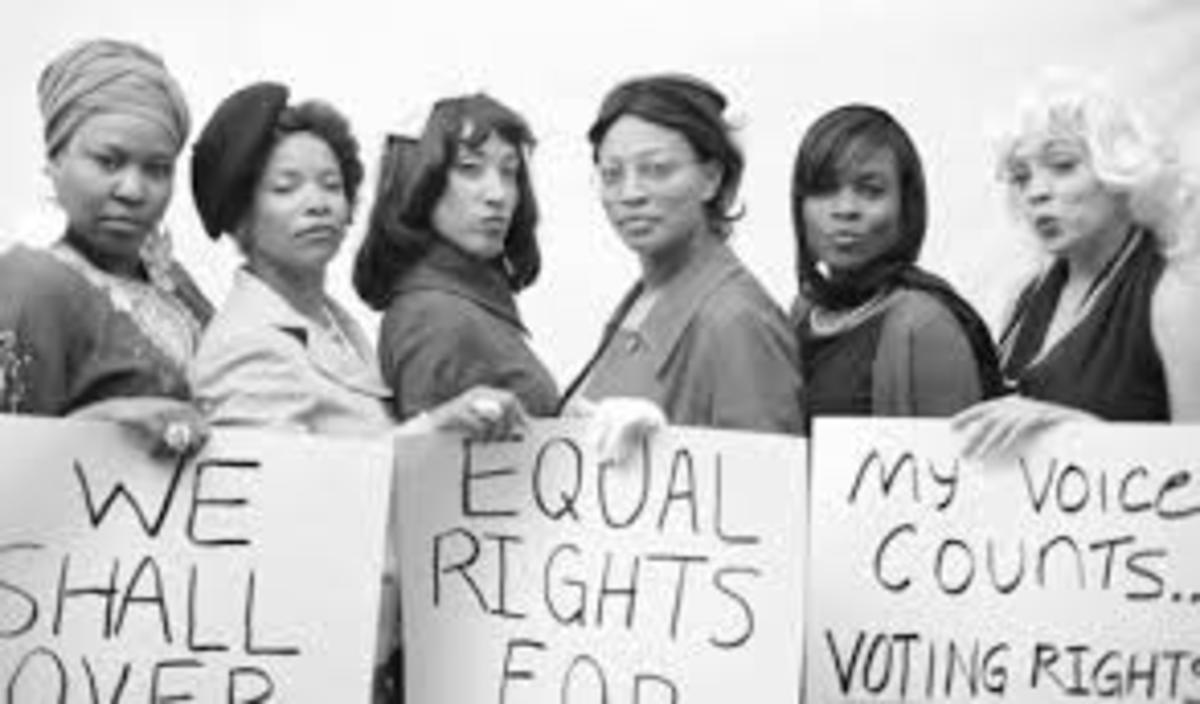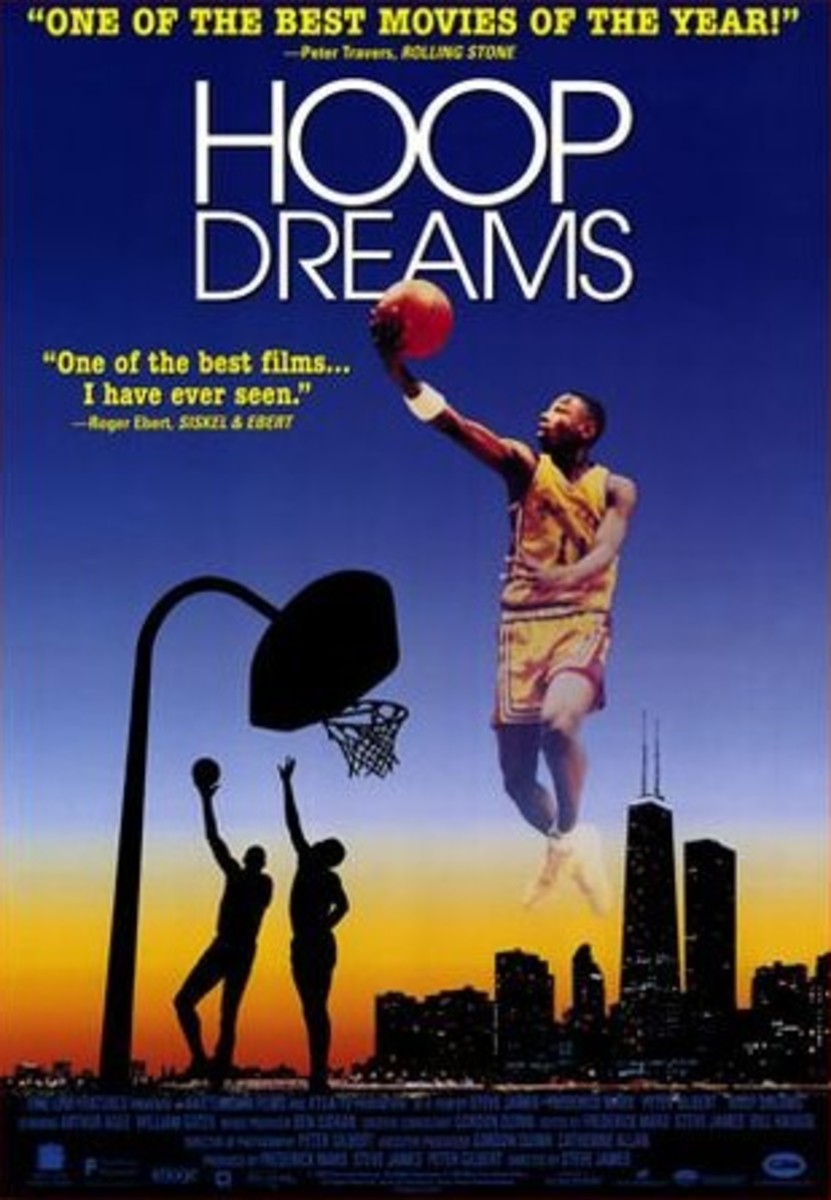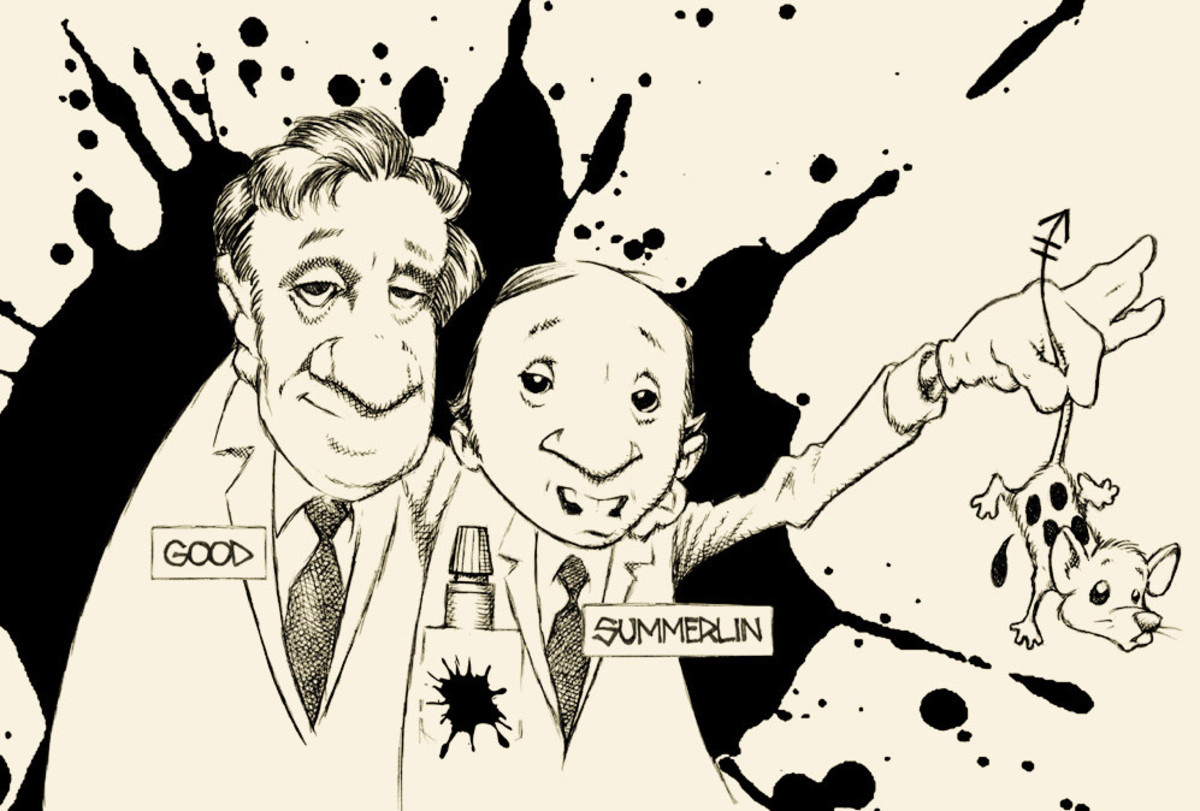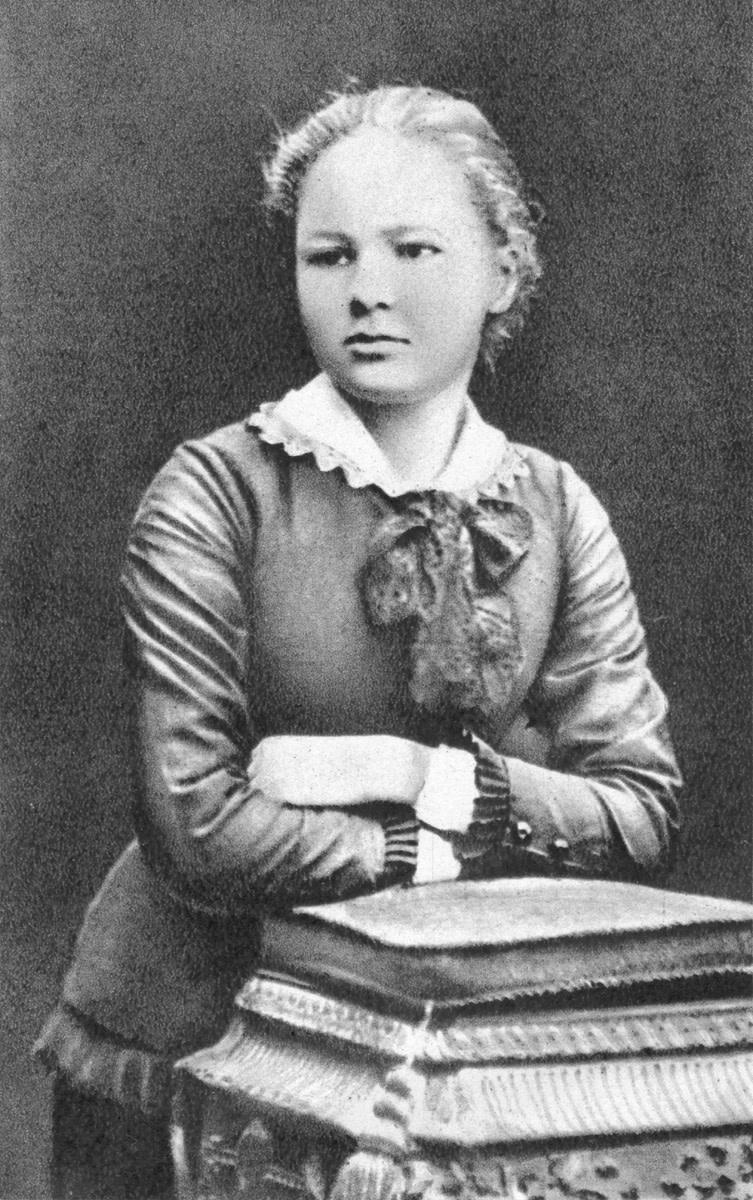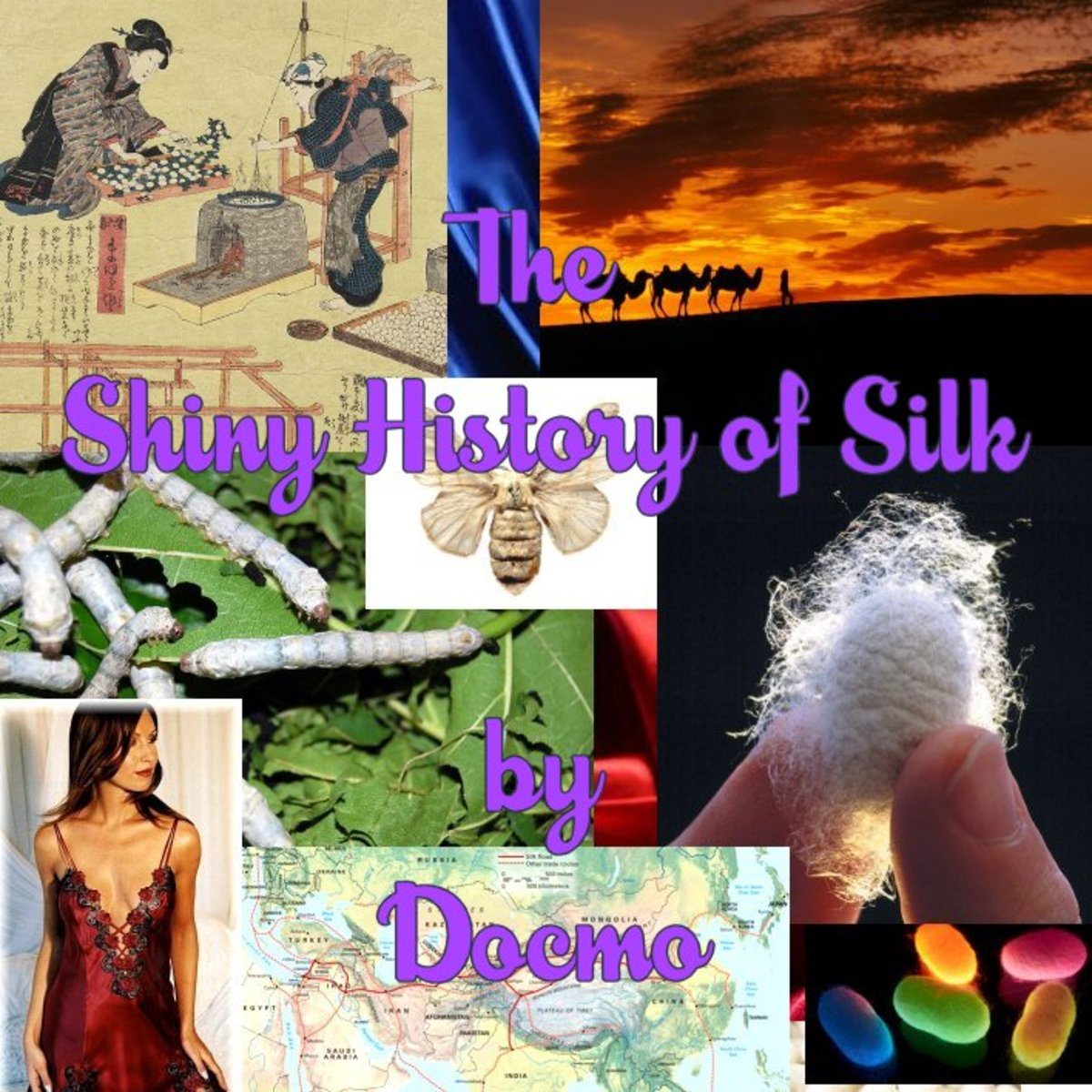- HubPages»
- Education and Science»
- History & Archaeology»
- Major Inventions & Discoveries
Celebrating Early African American Contributions to Science and Medicine
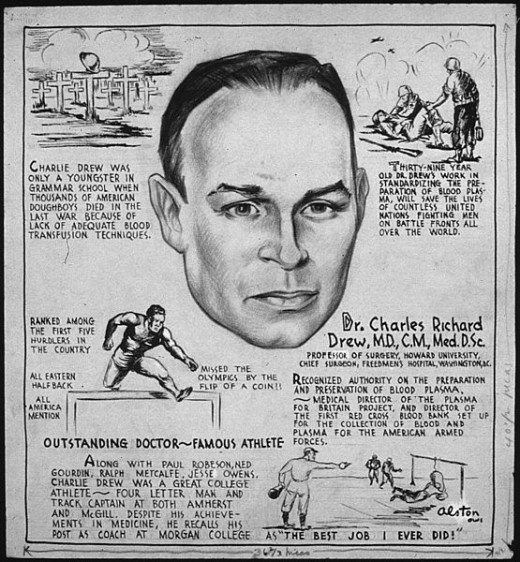
To be honest, I don’t pay much attention to the race or gender of a scientist while researching the articles I put together. It doesn’t matter to me what nationality, ethnicity, or gender someone is, for the most part scientists are referred to commonly as their last names when noted and I follow suit in my articles. Sometimes I am pleasantly surprised to see the female pronoun used to describe an important discovery occurring many years ago. But nowadays I figure all different races and a nice mix of gender is contributing to new scientific discovery. In honor of Black History Month, I’d like to take more notice of race and look into some of the exciting scientific discoveries made by African American researchers, scientists, and doctors.
Dr. Charles Richard Drew (1904-1950) is known for his work on blood plasma research and blood banking during wartime. Drew received his education from Amherst College in Massachusetts and received his MD from McGill University’s Medical School in Montreal and a Doctorate of Science in Surgery at Columbia University. His fellowship at Columbia University, under the direction of Dr. John Scudder, is where his work with blood granted him notoriety. Drew’s thesis entitled ‘Banked Blood’ established him as a key player in implementing blood banking, donating, and transport to support the war effort during World War II. This project started out as the ‘Blood for Britain’ effort which he oversaw as the Medical Director and this led the American Red Cross (ARC) to open blood banks around the US in 1941 to support our troops as they became involved in the war. Dr. Drew has the distinction of being the Medical Director of ARC’s first blood bank. Drew went on to become the first African-American to be on the American Board of Surgery. Unfortunately Drew died young, at the age of 46, due to injuries suffered in a car accident, leaving behind his wife Lenore and their four children. Although his legacy lives on, in blood banking as well many schools and scientific facilities are named after him, there is no doubt had he lived longer his contributions to hematology would have been even more profound.
There is not a lot of recorded history on the first two African-American women to receive medical degrees in the US, Dr. Rebecca Lee Crumpler (1831-1985) and Dr. Rebecca Cole (1846-1922). With similar names it is easy to see that some confusion arose in who was first, but Crumpler received her ‘Doctress of Medicine’ from the New England Female Medical College (which later merged with Boston University) in 1864 and Cole received her MD in 1867 from the Women’s Medical School of Pennsylvania. Both dedicated their life’s work to providing medical care to women and children, often times those poor or discriminated against who otherwise would not receive treatment. Dr. Crumpler focused on instructing patients on nutrition and preventative medicine. She in addition carries the distinction of being a published medical writer, her two-volume ‘Book of Medical Discourses’ was published in 1883. In the introduction she credits her aunt, who always took care of the ill in their neighborhood growing up, as her inspiration for choosing the field of medicine. Dr. Cole’s history is noted in her work in both health and equality. She worked with Elizabeth Blackwell, the first female doctor in the US, at the New York Infirmary for Women and Children. Later, she opened a Women’s Directory Center in 1873 in Philadelphia which provided both medical and legal services for woman and children. While serving on a board to celebrate the 100th anniversary of the Declaration of Independence she insisted the women volunteers, black and white alike, work together not separately.

Percy Julian’s story is one of perseverance, he is known for several important inventions including the method for creating synthetic cortisone used to treat inflammatory conditions, Aero-Foam a fire extinguisher, and the synthesis of physostigmine used to treat glaucoma. Despite these contributions and many more he faced many doors closing in his face due to the color of his skin. Several graduate schools did not take him on even though his academics were spot-on because they didn’t want him to be frustrated at the lack of career options for a black man with a PhD. Even Harvard, where he earned his master’s degree in 1923, did not offer him a teaching position after completion of his degree because they felt some students would not feel comfortable being taught by a black man. Examples of discrimination even if not so harshly intended continued like this for most of Julian’s early professional life. Unfortunately discrimination harshly intended was also met during his life; including arson to his newly purchased home in an upscale (all white) neighborhood in Chicago around 1950.
Julian was valedictorian of his class at Indiana’s DePauw University in 1920 and ultimately obtained his PhD through the University of Vienna in 1931, where he went to work with Ernest Spth. Spth was a leader in synthesizing compounds which were otherwise naturally occurring substances. This also being Julian’s area of focus throughout his career. Julian peppered his education and research with teaching- at Howard University, Fisk U, and West Virginia State College along with his alma mater DePauw University. He was finally accepted in a predominantly white establishment, the Glidden Company in Chicago, where he researched the soybean and came up with several of his significant inventions ultimately becoming the companies’ Director of Research. In total Julian contributed 130 chemical innovations, some improved methods on synthesizing chemicals, others establishing the method for a particular compound. In addition to his vast contributions in these respects he also was an advocate for equality for African Americans.

There are, of course, many other notable African-American contributions in science in the early years of the United States. Benjamin Banneker is one of the earliest noted scientists- a mathematician, astronomer, and surveyor. Another well-known name is George Washington Carver, an agricultural chemist. The first open heart surgery in the US was done in 1893 by Dr. Daniel Hale Williams, as well he was the first African- American cardiologist in the states. Bessie Blount Griffin was a triple-threat- a physical therapist, inventor, and forensic scientist, creating equipment that served injured soldiers during WWII. William Augustus Hinton was noted in the field of bacteriology, focusing largely on syphilis. He also developed a program to train woman as laboratory technicians opening the field up to them. Trained as an embryologist, Ernest Everett Just made significant contributions to several scientific avenues including cytology and marine biology. Roger Arliner Young studied under Just and, although her name implies otherwise, was the first Black woman to receive a PhD in Zoology.
Were you familiar with any of these people before reading this article?
Black History Month began when there was an overall concern that African Americans’ contributions to fields including, but not limited to, science were under-represented in textbooks and classrooms across the United States. It serves as a reminder to familiarize ourselves with the triumphs and obstacles Black people-men and women alike- overcame in the young US. We owe it our nations’ history to take a look back from time to time to everyone who made our country what it is today.

